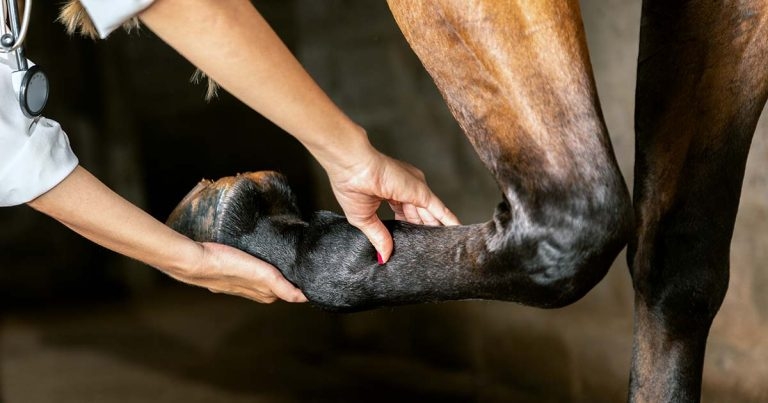25 May 2023
RVC study on different cell populations in equine tendons will aid understanding of why older horses – and humans – are more prone to injuries and inform future treatments.

Image © Brastock Images / Adobe Stock
New research has identified different horse tendon cell populations and which are most affected by ageing.
Using single cell RNA sequencing, a team involving researchers at the RVC, University of Liverpool, Queen Mary University of London, and University College London are setting out to identify different cell types in superficial digital flexor tendons in young and old horses.
In total, they identified 11 different cell types, including several different populations of tenocytes as well as cells associated with blood vessels and the immune system.
The findings concluded one tenocyte population and one blood vessel-associated population were particularly affected by ageing, with an altered ability to maintain tendon structure and respond to injury in these cell types.
Chavaunne Thorpe, lecturer in basic sciences at the RVC and lead author of a paper in Aging and Disease, said: “Our results uncover just how complex and variable cell populations within tendons are, and show that some cells are particularly prone to age-related alterations, helping to explain why the risk of tendon injury is higher in older individuals.
“The findings of these experiments will allow future studies to develop therapeutics for tendon injuries targeted at specific cell populations.”
Danae Zamboulis, postdoctoral researcher at the RVC, said: “This study is an exciting step towards understanding the cells that regulate tendon function and injury.”
The full paper is available online.